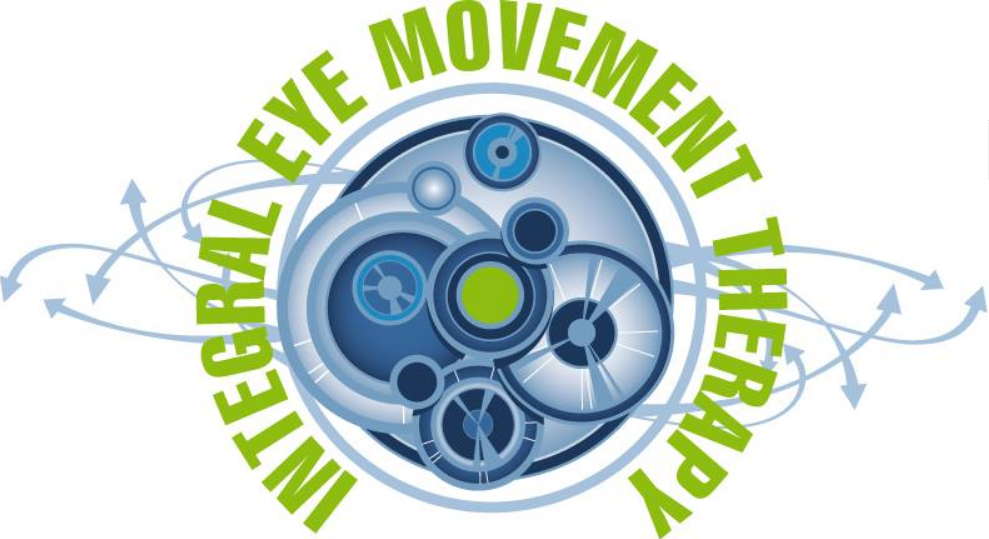Episodic Memory

Why are emotional imprinting and episodic memory so important?
Rather than remembering everything that has happened to us, we remember episodes of various durations, from a still picture to a movie. These episodes are made memorable by the associated body feeling, whether kinesthetic or emotional. This is particularly true for strong emotional responses, such as in the case of a traumatic experience, which produce a correspondingly strong memory and emotional imprint.

So episodic memory is experienced with an accompanying subjective sense of time and a sense of self-awareness or a sense of ‘being there’ that is connected to that time. The more a person has a sense of being in that time and place, as the memory occurs, the more a person will feel ‘as if’ they are there, and vice versa.

If an episodic memory and the corresponding emotional imprint haven’t been integrated and updated through time, it becomes like a frozen time capsule that, when recalled, has no reference outside itself and the age of the identity (self’, ‘I','me', etc.) when the memory was originally laid down.

A way of checking this is to ask what age you feel as you remember the event. If you feel the age of the younger you in the memory, then this will qualify it as a memory that is informing your experience when referenced for dealing with present situations, causing you to respond in a way that is out of proportion or inappropriate to your current life circumstances and current age.

IEMT facilitates the introduction of new information into the time capsule (equation) in the form of fresh understandings, resources and a new perspective allowed by the age progression of the identity within the memory, which was previously ‘stuck’ at the age when the memory was first laid down.

Also important when considering the above in the context of therapy are the ‘five patterns of chronicity’ When any of these patterns are present, a person has usually identified their self with the beliefs and ways of ‘being’ supporting the problem. So if therapy challenges these beliefs and ways of being a person can (unconsciously) experience this as a threat to both their beliefs and their identity.

For this reason, when present, the chronicity patterns are the person’s way of either avoiding engagement in the therapeutic process to start with or indirectly sabotaging any change that does take place. This is why these patterns are so key in helping clients who may have previously been unable to achieve or sustain change with other therapeutic approaches. These and other elements are why IEMT is such a useful skill to have, whether you are using it as a practitioner or for personal development. For more information, go to the page on this site titled ‘Patterns of Chronicity’
Find this page useful? Please leave a comment below.
Copyright Text and Footer Links
